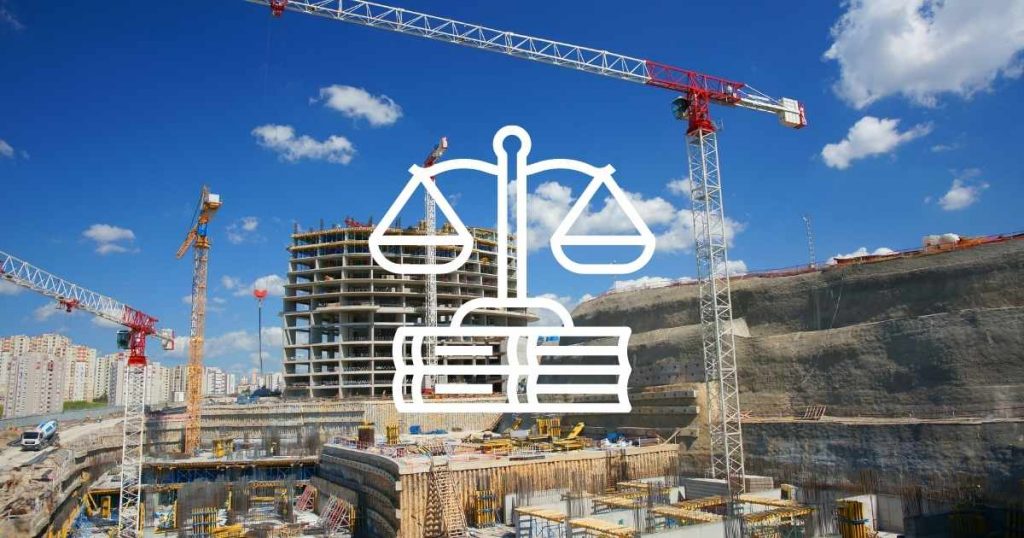There is a clear trend that people working in supply chain management have to get used to: pretty much all products are getting more regulated over time. Even apparel is going to be hit hard by the upcoming EU Ecodesign for Sustainable Products Regulation! With that out of the way, some industries are clearly more regulated than others. Let’s look at some of the most highly regulated industries that we may come across…
Medical devices
A lot of devices are classified as medical since the definition is very wide:
- Here is the definition of medical devices that will apply if the product is sold in the USA and/or in Canada: https://www.fda.gov/industry/importing-fda-regulated-products/importing-medical-devices
- Here is the definition of medical devices that will apply if the product is sold in the European Union or the UK: https://www.medical-device-regulation.eu/2019/07/10/mdr-article-2-definitions/
Here are a few examples of medical devices: a scalpel, a pair of eyewear glasses (if intended for seeing clearly), a blood glucose meter, a heart monitor (implanted or not), and even some very basic paper tissue that is supposed to be used in a doctor’s office!
Also, any product that will be used to clean or disinfect or sterilize a medical device is a medical device.
The US FDA 21 CFR code is quite strict. The EU Medical Device Regulation, many have said, is even stricter. Only manufacturers who are ISO 13485 certified and comply with those regulations are authorized to make medical devices.
Read more about the EU MDR:
- We wrote this long guide for importers with Chinese manufacturers: “EU MDR Compliance When Developing A New Medical Device in China: High-Level Steps.“
- Listen to an interesting discussion about its impact: If The EU MDR Is Product Compliance’s Future – Be Afraid, Be Very Afraid! [Podcast]
- We also created some flowcharts demonstrating the path to getting new medical devices certified here: EU MDR Update: How To Get a New Medical Device Certified? [Flow Charts]
Construction materials
Different countries have different standards, but the general logic regarding construction industry regulation is as follows in most advanced economies:
- A welded steel product to be used for supporting the weight of a part of (or the whole) building is highly regulated. If it fails, the building might crumble.
- The electrical cabinet and related electrical modules to be installed in a building are highly regulated. If they fail, the building might catch on fire or someone might get an electrical shock.
- The pipes, valves, and other plumbing elements to be installed in a building are highly regulated. If they fail, the building might get flooded.
More regulated industries…
Some of the other regulated industries are listed below:
- Personal protective products/equipment — basically, that’s anything that protects someone from hazards in their environment. Here are a few examples: a pair of gloves, a face mask, a helmet, etc.
- Automotive products and parts – anything that is designed to go into a car (or a truck, or a bus, or a motorcycle…) or to be pulled by a car. Examples: a video camera that is intended to be installed just behind the windshield, a trailer, a car baby seat, a simple textile seat protector, etc.
- Aerospace products and parts – anything that goes into an airplane or some very specific applications (hardware and software sent to space, missiles, etc.). For example, the displays that show movies, headphones, paper cups, lighting bulbs, and so on. That’s very, very highly regulated.
- Marine products and parts – anything that goes into (including its motor) or to be pulled by a boat is a marine product.
- Rail products and parts – anything that goes into a train (in the locomotive itself, in the cars pulled by the locomotive, etc.).
- Oil & gas products and parts – anything that is related to the processing, storing, or transporting of oil and/or gas products.
- Nuclear equipment – anything that is related to the construction and running of nuclear power plants or other activities that may involve related materials.
(Important note: this list is not exhaustive, and the definitions may not be exact — in fact, the definitions usually vary from country to country!)
Are only finished products regulated?
As my friend (and compliance consultant) Clive Greenwood pointed out, in general, any component or material that goes into finished products classified under highly-regulated industries is also subject to the same regulation(s).
Here are a couple of examples:
- A small plastic tube that will be used in a respirator in a hospital is also considered a medical device.
- A screw to be used in an antenna that goes on a garbage truck is considered an automotive part.
Why this matters to you
To sum up, certain products and components are considered somewhat likely to trigger a catastrophic failure, sometimes including people dying or serious damage inflicted to the environment, and regulators have stepped in with rules that must be complied with.
In case you are hesitant about what industry a certain product or part is a part of, get more information. You need to know the intended use of the finished product, and where & how it will be used before it’s safe to import it into your market.
If you’re in that situation and need help, comment below or get in touch. I’ll try to help if I can!


